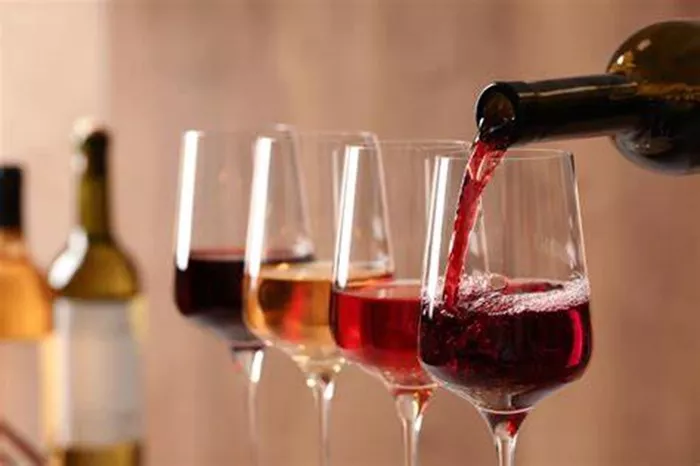FRESNO COUNTY, Calif. — Changing consumer preferences are placing significant pressure on the wine industry, causing many wine grape growers in California’s Central Valley and across the state to grapple with tough choices.
According to Jeff Bitter, president of the Allied Grape Growers, the current downturn in wine consumption is creating a challenging environment for producers. “The wine industry has enjoyed success over the past three decades, largely driven by the baby boomer generation,” Bitter explained. “We saw considerable growth during the pandemic with increased pantry stocking and a spike in consumption.”
However, since that period, the situation has shifted. Wine consumption has significantly declined, and this trend extends beyond wine alone. “We are seeing headwinds across all categories of alcohol consumption—wine, beer, and spirits,” said Bitter.
The Allied Grape Growers organization represents approximately 500 grape growers, helping them sell their wine grapes. But the current market dynamics are forcing growers to consider whether it’s still profitable to maintain vineyards.
“It’s reaching a point where many wine grape growers are evaluating if it’s economically viable to continue growing grapes,” Bitter noted. “Given current market conditions and low prices, we’re seeing numerous vineyards left unharvested this year due to a lack of demand.”
Estimates suggest that as much as 500,000 tons of wine grapes could remain unharvested this season. Bitter believes that to align supply with declining demand, around 30,000 to 40,000 acres of vineyards may need to be removed to restore equilibrium in the market. “Our challenge now is to balance supply and demand,” Bitter said. “As consumption drops, we must find that balance on the supply side.”
For consumers, this oversupply could result in discounts on wines, as wineries struggle to manage their stock.
California, which produces only 10% of the world’s wine supply, also faces stiff competition from foreign wine producers. Bitter pointed out that if a wine label reads “American,” it may contain up to 25% imported wine, further highlighting the global competitive pressures facing domestic growers.
The future of many California vineyards remains uncertain as the industry works to adapt to shifting consumer habits and market forces.
You Might Be Interested In:


